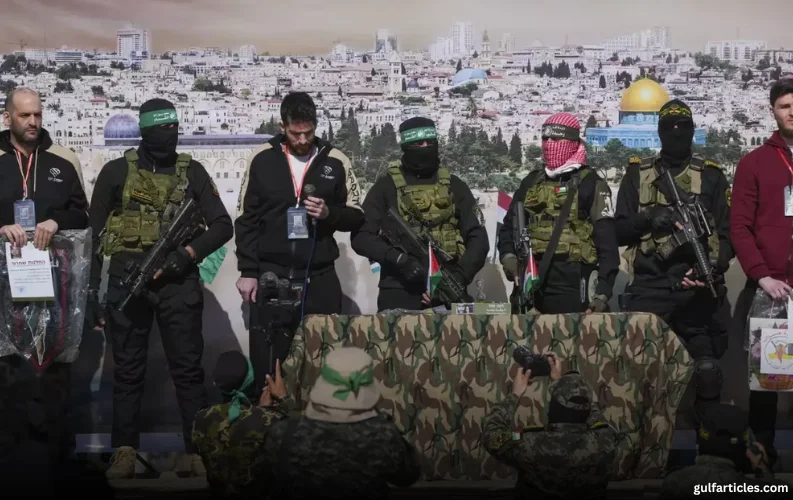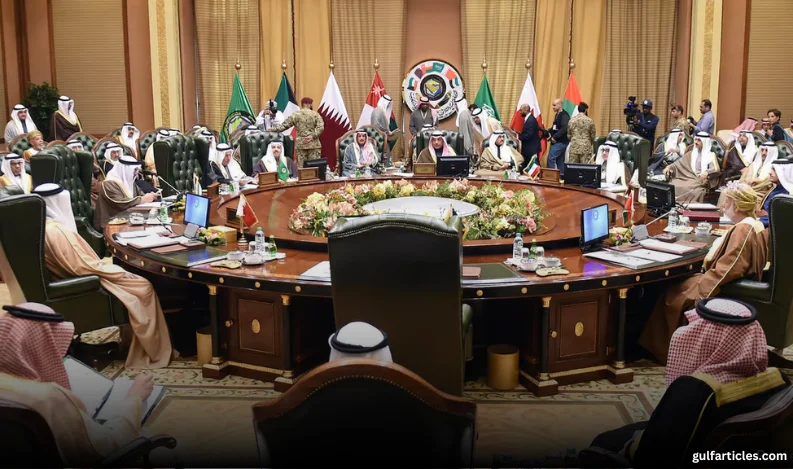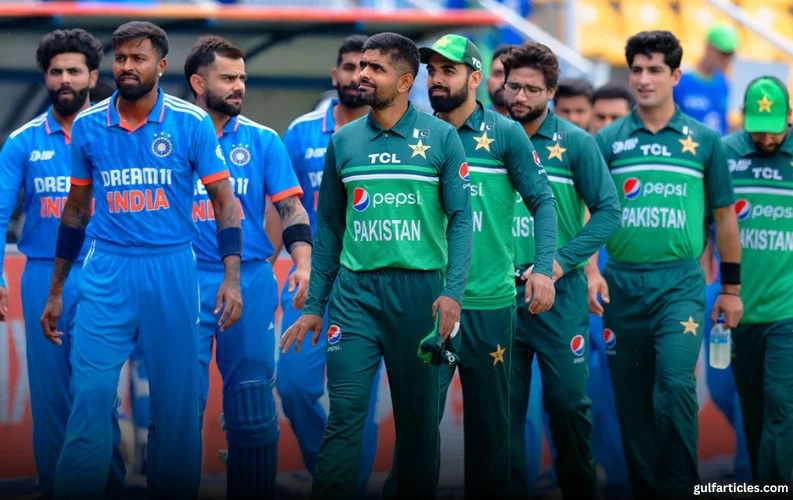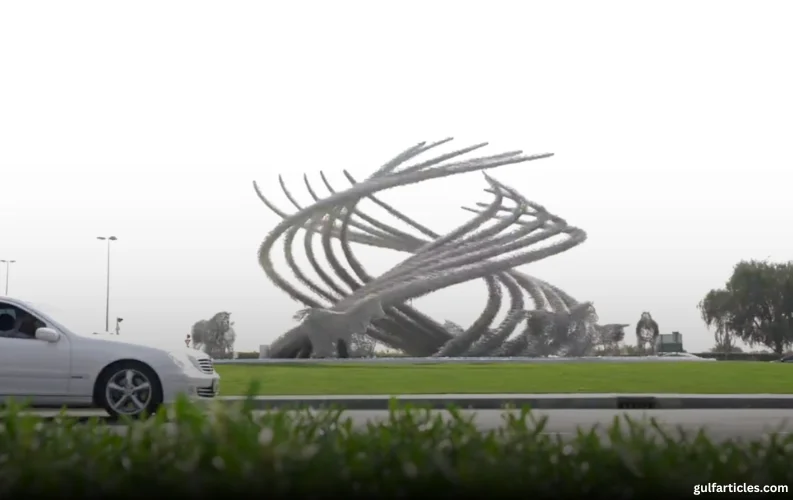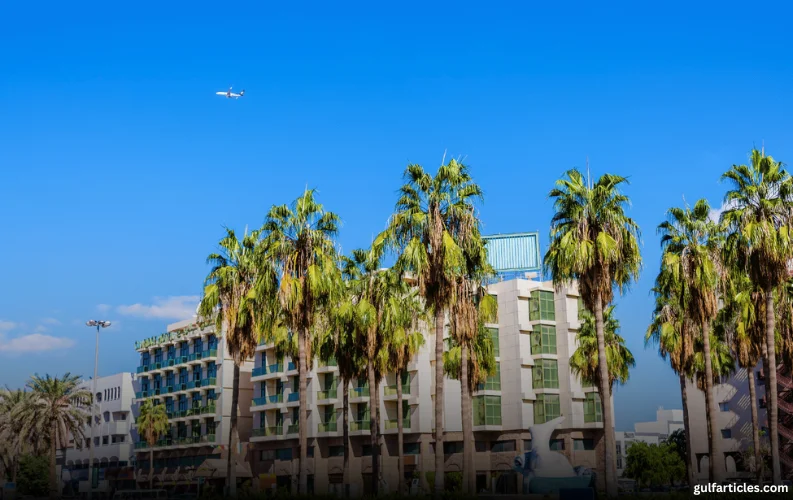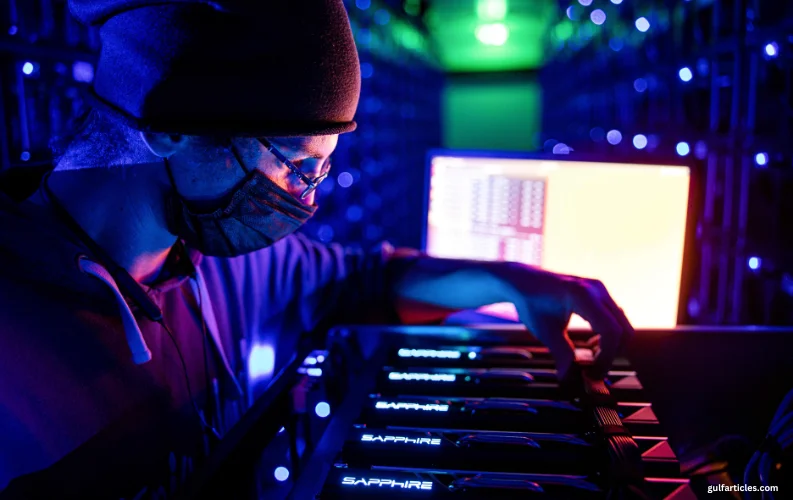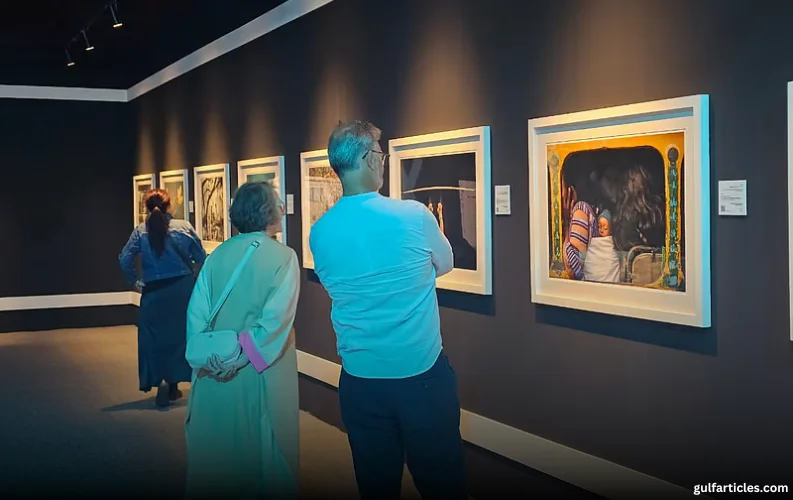Gaza : In a solemn and symbolic handover, Hamas transferred the remains of four Israeli hostages to the Red Cross in southern Gaza on Thursday. The exchange took place in a desolate area that was once a cemetery, now destroyed in the ongoing conflict between Israel and Hamas. This marks the first return of deceased captives under a fragile truce brokered between the two sides.
Ceremony Marked by Symbolism and Tensions
Hundreds gathered to witness the transfer as Palestinian militants carried four black coffins, which Hamas claimed contained the bodies of members of Israel's Bibas family and an elderly hostage. Each coffin bore photographs of the deceased, along with additional imagery that included Israeli Prime Minister Benjamin Netanyahu depicted in a controversial manner.
The ceremony commenced with a Hamas militant, his face obscured by a red-and-white keffiyeh, seated at a table completing formalities with a Red Cross official. Shortly after, the coffins were draped in white shrouds before being placed into Red Cross vehicles, as a light drizzle fell over the site.
Tragic Fate of the Hostages
Among the deceased were Shiri Bibas and her two sons, Ariel and Kfir, the latter just nine months old when taken hostage during Hamas’ unprecedented attack on Israel on October 7, 2023. The fourth individual was Oded Lifshitz, 83, who was also abducted during the same attack.
Hamas, in an official statement, accused Israeli forces of causing the deaths of the hostages. "We preserved the lives of the occupation prisoners (hostages), provided them with what we could, and treated them humanely, but their army killed them along with their captors," the group claimed.
In response, Israeli President Isaac Herzog expressed deep sorrow, stating, "Our hearts—the hearts of the entire nation—are shattered." The Israeli government has not yet officially commented on the claims made by Hamas regarding the circumstances of the hostages' deaths.
A Site with a Grim History
The transfer site, the Bani Suheila cemetery in Khan Yunis, was reportedly chosen by Hamas due to its destruction during the ongoing war. A Hamas source alleged that the Israeli military exhumed and relocated bodies from the cemetery before eventually returning most of them.
Armed Hamas fighters, alongside members of Palestinian Islamic Jihad and the Mujahideen Brigade, were visibly present, maintaining a heavy militant presence throughout the event. Prior to and after the handover, Hamas forces staged a parade, displaying an array of weaponry, including Kalashnikovs, M-16 rifles, and hand-held grenade launchers.
The Larger Conflict and Future Implications
This handover occurs amid a tense ceasefire, with ongoing negotiations over additional prisoner swaps and humanitarian efforts. The Red Cross has called for "dignified and private" transfers of hostages and detainees, emphasizing the need for de-escalation.
Meanwhile, Israeli officials continue to press for the release of remaining hostages, while Hamas insists on linking further exchanges to broader political and military considerations. As the truce remains delicate, the fate of other captives and the potential for renewed hostilities loom over the region.
With violence continuing to shape the landscape of Gaza and Israel, this latest exchange underscores the deep divisions and ongoing humanitarian crisis that both sides must navigate in pursuit of a lasting resolution.



